The 2000s was an interesting decade for horror. Though the '90s had its fair share of underrated horror classics, it remains one of the weaker decades for the genre, as endless sequels to classic films proliferated and crowded the box office. A Nightmare on Elm Street, Friday the 13th, Child's Play, and Halloween series each churned out dreadful additions with diminishing returns, while films like Leprechaun, Candyman, and Carrie all received their own terrible sequels, most more laughable than scary.
Something seismic shifted at the end of the decade, however. The massive success of 1999's The Blair Witch Project and Japanese horror films like 1998's Ringu (later remade well as The Ring) would influence the next ten years of moviemaking, as both found-footage and remakes of international horror came to dominate the industry. The box-office return of these films inspired production companies to invest in new horror movies, while the development of video rentals meant that film nerds like Quentin Tarantino could study cinematic history cheaply and turn their genre exercises into high art. The advent of digital filmmaking meant that it was much less expensive to produce and distribute a movie, and the growing popularity of the internet ensured that even the smaller films could receive advertisements of some kind, changing the industry altogether. Though this sparked a fierce debate about how 'going digital' may have ruined cinema, time has shown that this was overblown.
Update July 28, 2023: This article has been updated with even more terrifying horror films from the 2000s.
All of this intersected at the dawn of the new millennium while burgeoning fears and paranoia over 9/11, terrorism, and American aggression stewed together. The resulting cavalcade of innovative and intense horror films produced numerous masterpieces and launched the careers of several now-renowned auteurs, changing the face of terror forever. These are the scariest movies of the 2000s.
15 May
Lucky McKee's directorial debut May is a modern goth-rock remake of the Frankenstein story, casting the underrated Angela Bettis as a troubled young woman who is told by her mother, "if you can't find a friend, make one." Initially, this odd adage applies to dolls, but the anti-social titular May soon uses it to take her favorite parts from people's bodies and create her own best friend. With a heartbreaking and tremendous performance by Bettis, this gruesome little indie updates a classic myth of male hubris into a woman's perspective.
14 Them
The French horror film Them takes viewers on a tense journey from start to finish and is proof filmmakers don't need gore or special effects to traumatize audiences. After a young couple moves from France to a remote house in the countryside of Romania, they become targeted by unknown, hooded assailants. Brutal and intense, this movie has a shocker of an ending that will haunt you long after the credits have ended.
13 Suicide Club
One of the weirder films to come out of the J-horror craze (which is saying something), the infamous Sion Sono's Suicide Club is an unforgettable and delirious masterpiece. Opening with a group of sweet, smiling schoolgirls holding hands in a rail station before all jumping in front of a high-speed train and soaking onlookers with blood, the film only spirals deeper into depravity and insanity as it goes along. With a bizarre pastiche of different styles, Sono's whacked-out critique of celebrity culture and social hypocrisy features one of the most disturbing musical numbers ever filmed.
12 Ginger Snaps
For a long time, Ginger Snaps flew under the radar, and it doesn't help that it never received the full theatrical release it deserved. However, this werewolf movie finally found its audience, thanks to its feminist themes, creature effects, and witty plot. In Bailey Downs, two sisters named Ginger and Brigitte, who are obsessed with death, meet it head-on when Ginger gets her first period and is subsequently attacked by a creature who has been preying on the town's dog population. Soon after, Ginger becomes more and more uninhibited, leaving Brigitte to seek a cure for lycanthropy. With strong performances by Katharine Isabelle and Emily Perkins, this creature feature doubles as a dark comedy, making for an overall fun watch.
11 Trick 'R Treat
Anthology films are always hit or miss, but Trick 'R Treat is the rare entry that hits more than it misses. With interwoven stories set in the same town on Halloween night, this cult favorite manages to be a fun mix of frightening, gory, and humorous, as if checking off all the genre boxes. Sam, the trick-or-treating villain adorned with a burlap sack over his head, has also joined the ranks of Michael Myers and Freddy Kruger as a beloved horror icon.
10 Open Water
Like a few others on this list, Open Water proved that filmmakers don't need a large budget to terrify and unnerve audiences. Director Chris Kentis took a fairly simple premise — being stranded alone in the middle of the ocean — and used it to great effect. A couple looking to spend more time together decide to go on a scuba diving expedition as part of a group, only to accidentally get left behind. It doesn't take long for the stranded and bickering couple to capture the attention of sharks. This deep dive into human survival instincts proved scary enough that audiences craved more, and it spawned two sequels.
9 Wendigo
Larry Fessenden is one of the current masters of horror and yet is probably best remembered for his unique appearance as a character actor in numerous films. This is a shame, considering how thoughtful and intellectually stimulating Fessenden's movies are, none more so than Wendigo. Seen largely through the perspective of a young boy (and more haunting because of it), the film tracks an upper-class family on holiday after a tense encounter with 'local yokels' who may wish them ill. A brilliant meditation on imperialism, colonization, and the genocides of First Nations people, Wendigo is an icy-cold stunner.
8 Inside
The 2000s gave birth to what has been called 'New French Extremity,' a brutally violent, controversially transgressive subgenre of horror which is not for the faint of heart. One of the greatest of these is Inside, a stomach-churning display of masterful intensity about an insane home invader who, instead of stealing possessions or money, wants to steal a pregnant woman's baby. For those who can handle it, the movie is an explicit but largely unparalleled meditation on femininity and maternity which haunts viewers long after it's over.
7 Pontypool
Perhaps the most intellectually stimulating horror film here is Bruce McDonald's utterly unique Pontypool, which deconstructs ideas of infection, contagion, and conformity before reconstructing it as a kind of philosophical zombie film. Stephen McHattie is absolutely delightful as a radio shock jock who unwittingly launches an epidemic after taking a caller on air, the idea being that language itself can be a virus. Woefully underrated and beautifully constructed, the film displays the genre's low-budget innovation at its best.
6 Session 9
If spooky hauntings are your jam, you've probably seen Session 9, a truly creepy movie that relies a lot on atmosphere and tone to unnerve viewers. Starring David Caruso and Josh Lucas as members of an asbestos removal company, this dark thriller follows the crew as they begin work at an abandoned mental hospital. Plagued by disembodied voices and strange feelings, the men's lives spiral into chaos after they discover and listen to tapes recorded during a session with a former patient. With a twisty ending, Session 9 has gained a cult following for its thought-provoking plot that lingers after the movie ends.
5 28 Days Later
Danny Boyle's 28 Days Later is said to have reinvigorated the zombie genre by simply making zombies run, but the truth is more generous than that. Boyle and master cinematographer Anthony Dod Mantle shot the film on a $500 camera, using the kind of digital photography Mantle worked with on previous small Danish films as part of the Dogme '95 movement. The grainy immediacy and sweeping kineticism of the footage was unheard of for a film this successful, and redefined what mainstream films could look like (and cost). The result is a high-energy, perfectly scored and acted horror masterpiece, with one surprisingly good sequel and perhaps another yet to come.
4 The Descent
Neil Marshall followed his excellent Dog Soldiers with this scary feminist stunner about a grieving woman and her group of friends discovering subterranean monsters on a cave diving expedition. Despite the relatively low budget, the film's terrifying descent into the murky depths of the earth looks amazing, and the creatures discovered in this abyss are truly terrifying. Featuring some of the best jump-scares of all time, The Descent is a bloody, torturous crawl through the struggles of grief and guilt.
3 Let the Right One In
Tomas Alfredson's cold, detached thriller chronicles the relationship between a bullied young boy and the mysterious, vampiric little girl who protects him. Romantic and sad but also surprisingly fun, Let the Right One In is yet another example of an international horror film being adored and remade in The States. Its focus on children and wonder reminds one of a bloodier version of Spielberg's films, and the freezing Swedish landscape perfectly compliments this unique, coming-of-age vampire tale.
2 Paranormal Activity
Picking up the mantle of found-footage horror from The Blair Witch Project and running with it while screaming, Paranormal Activity launched endless copycats with its stripped-down story of a haunted house captured on security cameras. Shot for only $15,000 before $200,000 of post-production was provided by the emerging and now legendary horror studio Blumhouse Productions, Oren Peli's film proves that money doesn't necessarily ensure success. Becoming one of the most profitable franchises in history based on budget-to-box-office ration and legitimately frightening in its simple immediacy, Paranormal Activity continues to spawn sequels today.
1 Pulse
Kiyoshi Kurosawa had a decade-long run of exceptional horror films, from 1997's The Cure to 2006's Retribution, but Pulse may be his best. One of the many J-horror films to receive an American remake (and several sequels), Pulse perfectlycaptures the dawn of the digital age and its corresponding loneliness with a near-apocalyptic prescience. With his own strange, languid pacing and unmatched sense of dread, Kurosawa updates the premise of Ringu for the age of computers with an even better film which takes 'going viral' literally. Initially underrated, it is now considered a forgotten masterpiece that, according to Jon O'Brien, "predicted everything wrong with the world today." Horror is at its best when it acts as a mirror for society and the human psyche, and the bloodied, cracked mirror of Pulse reflects everything wrong in all the right ways.

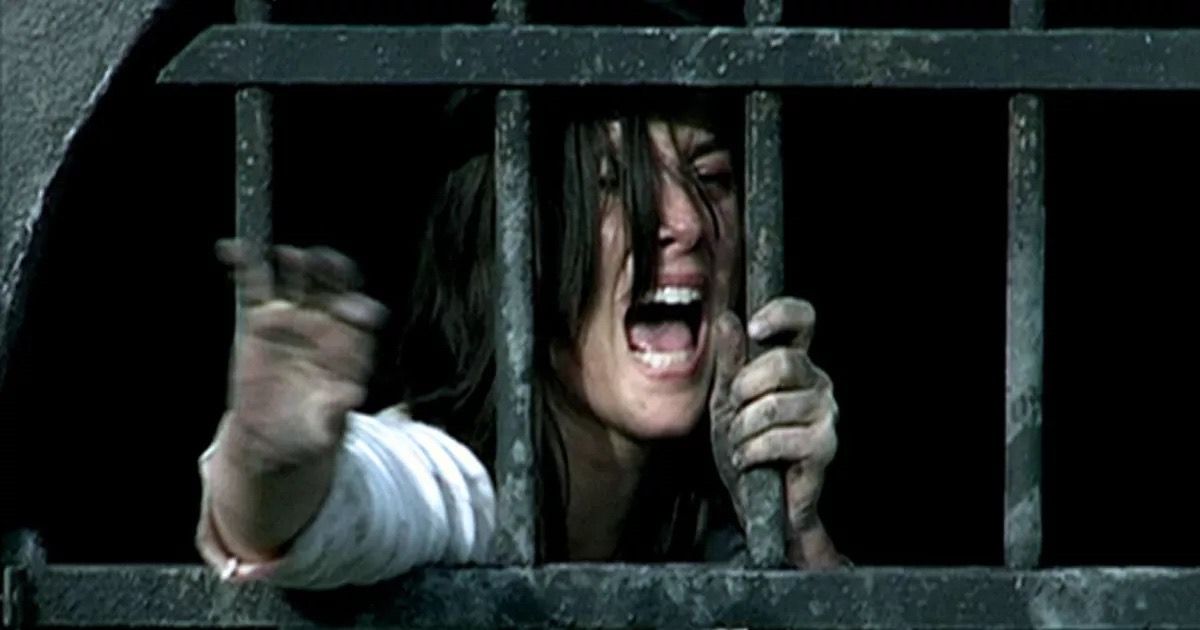
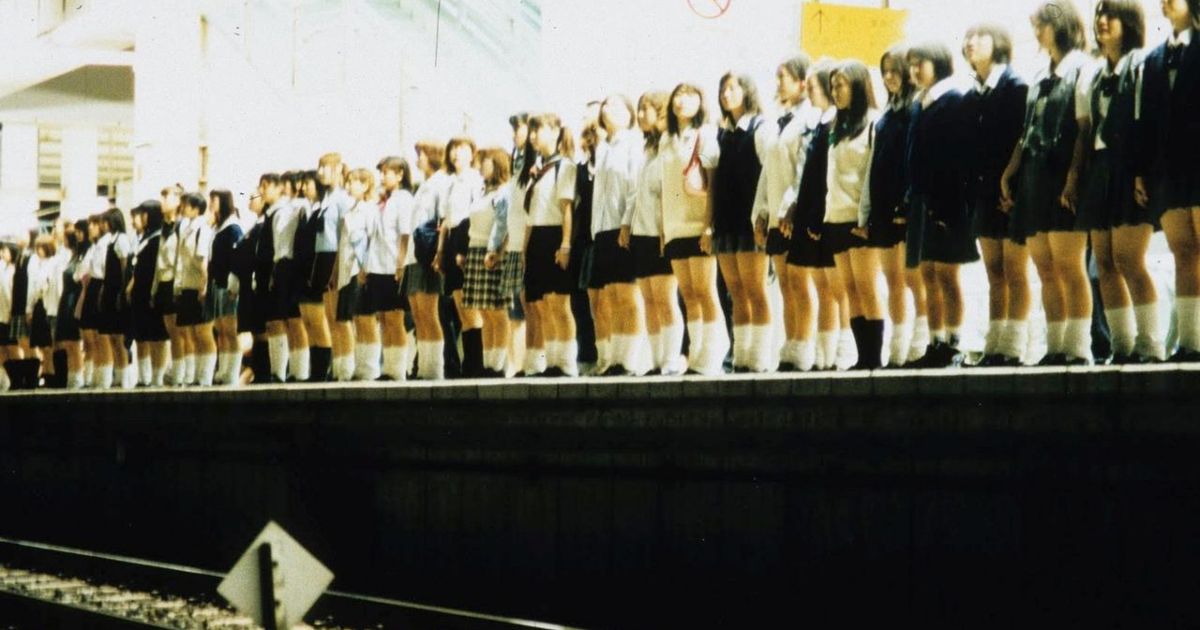
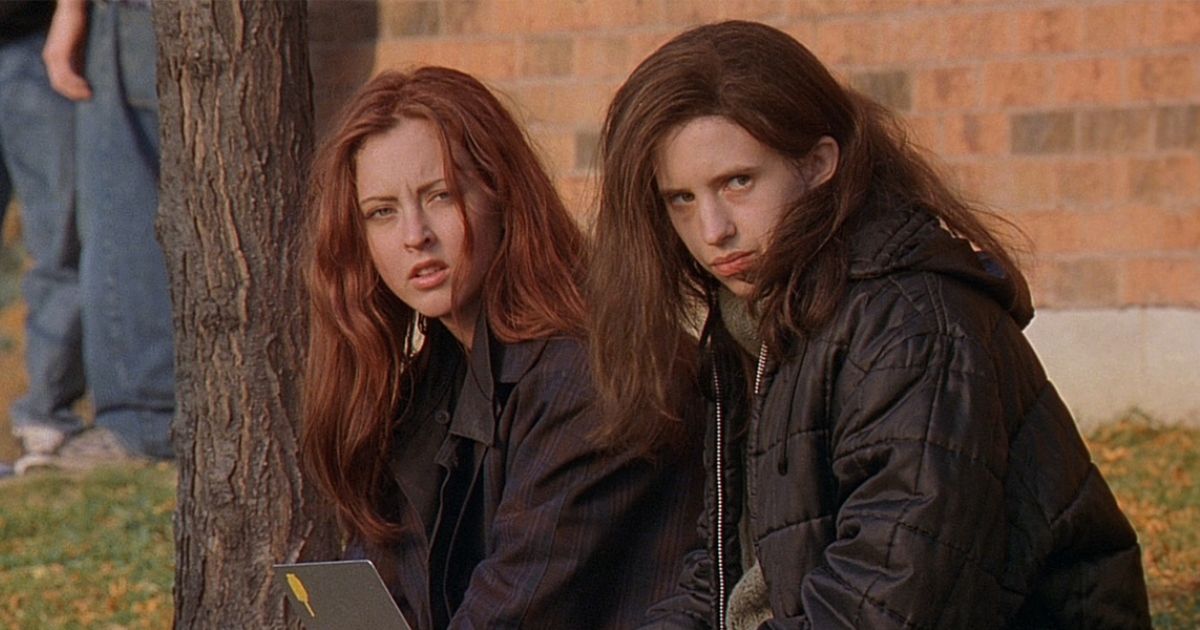
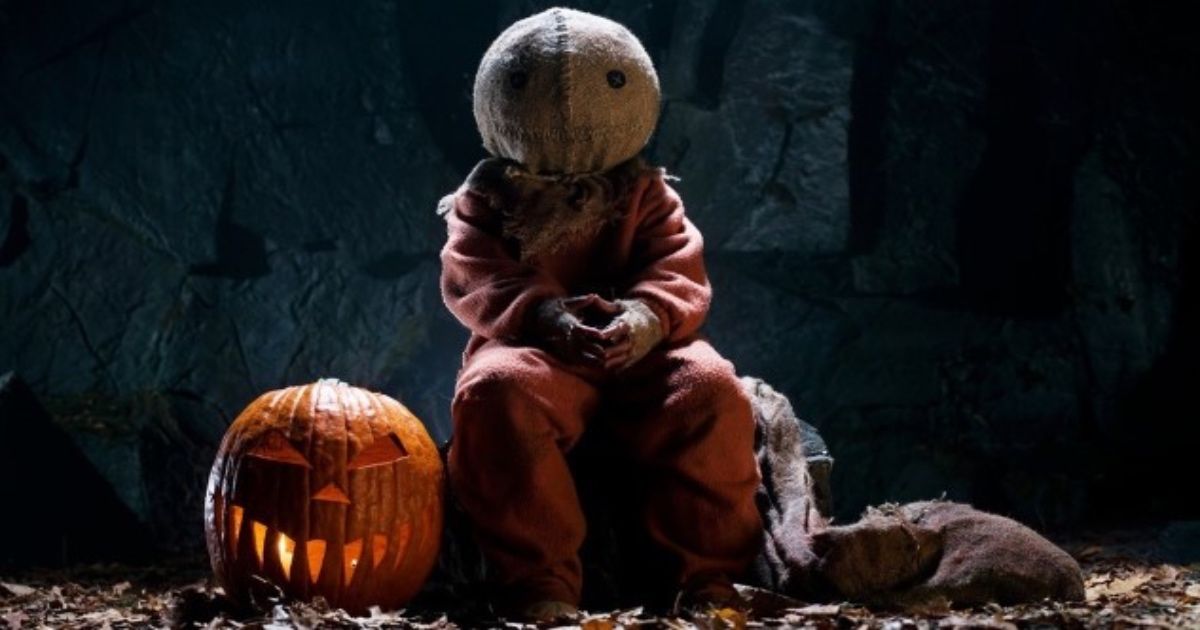
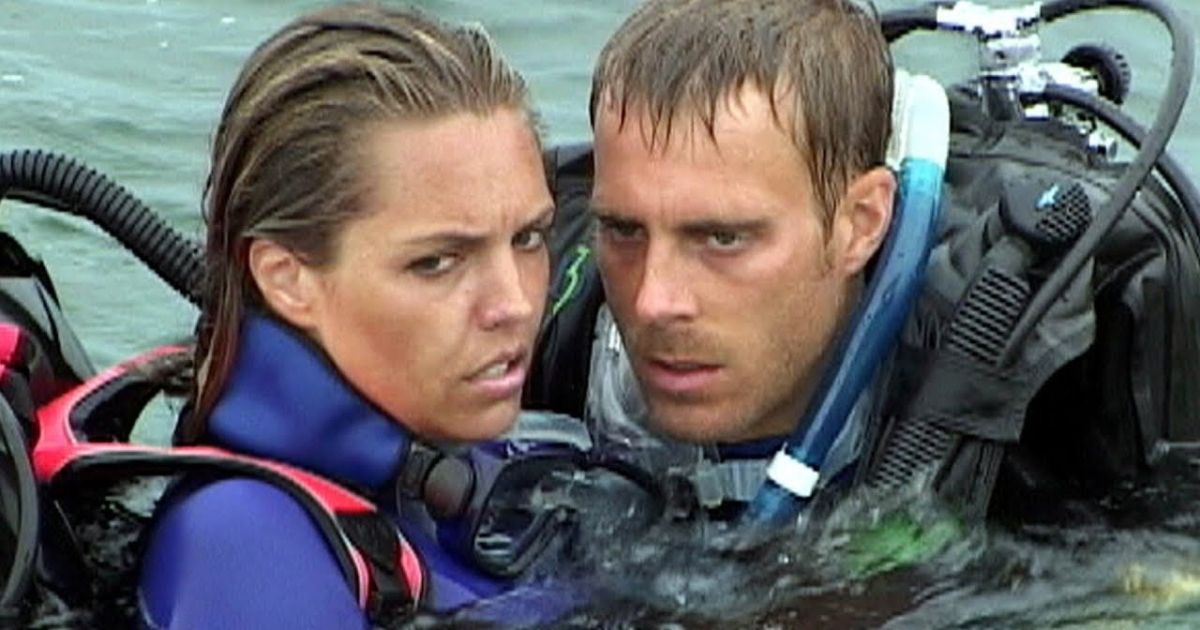
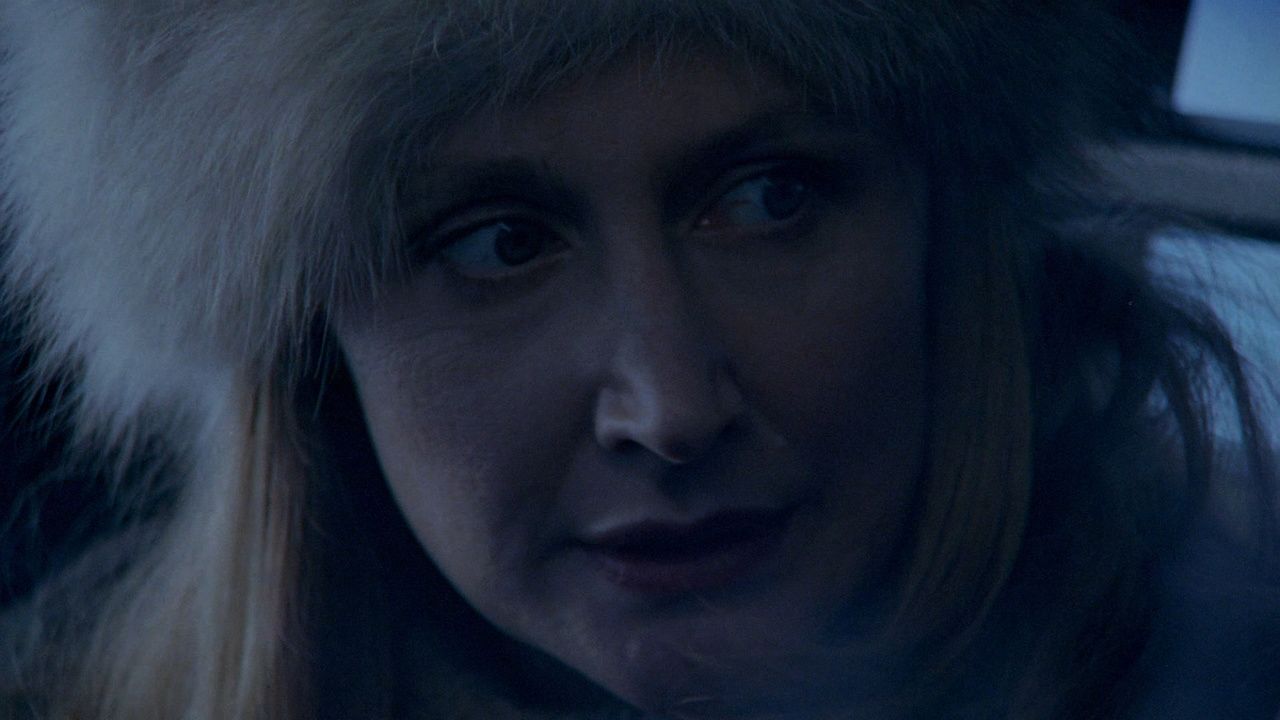
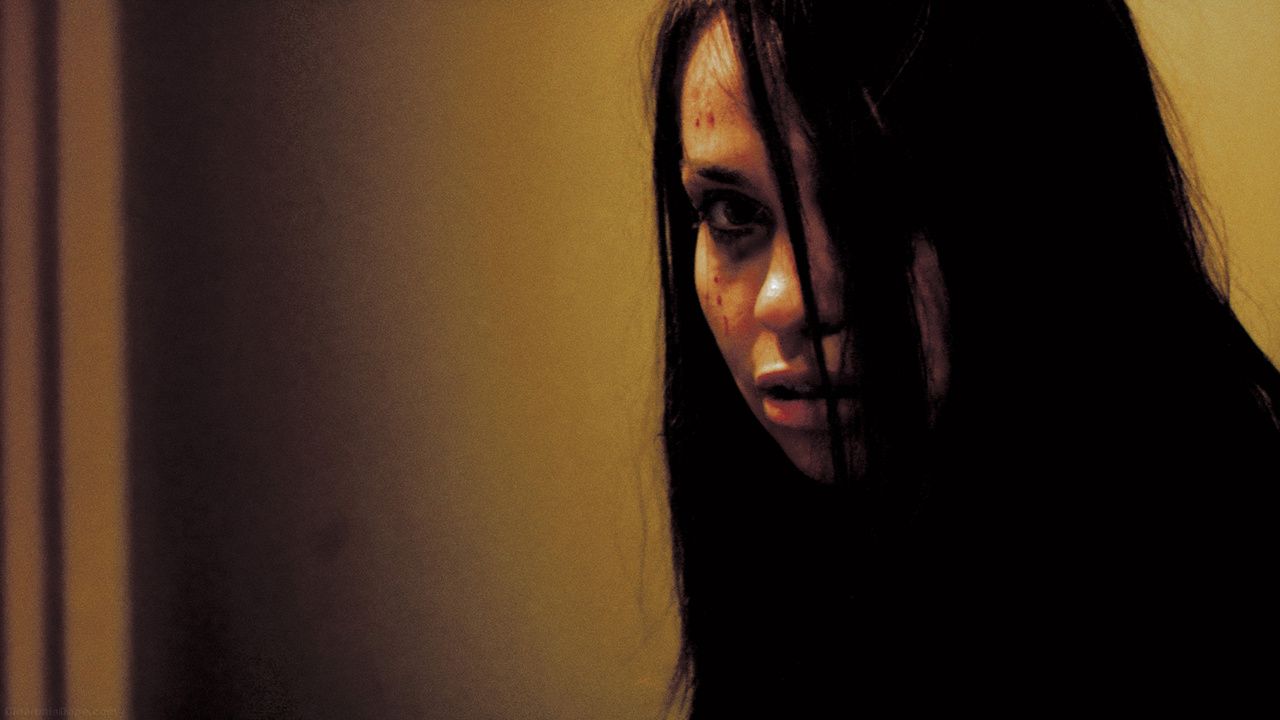
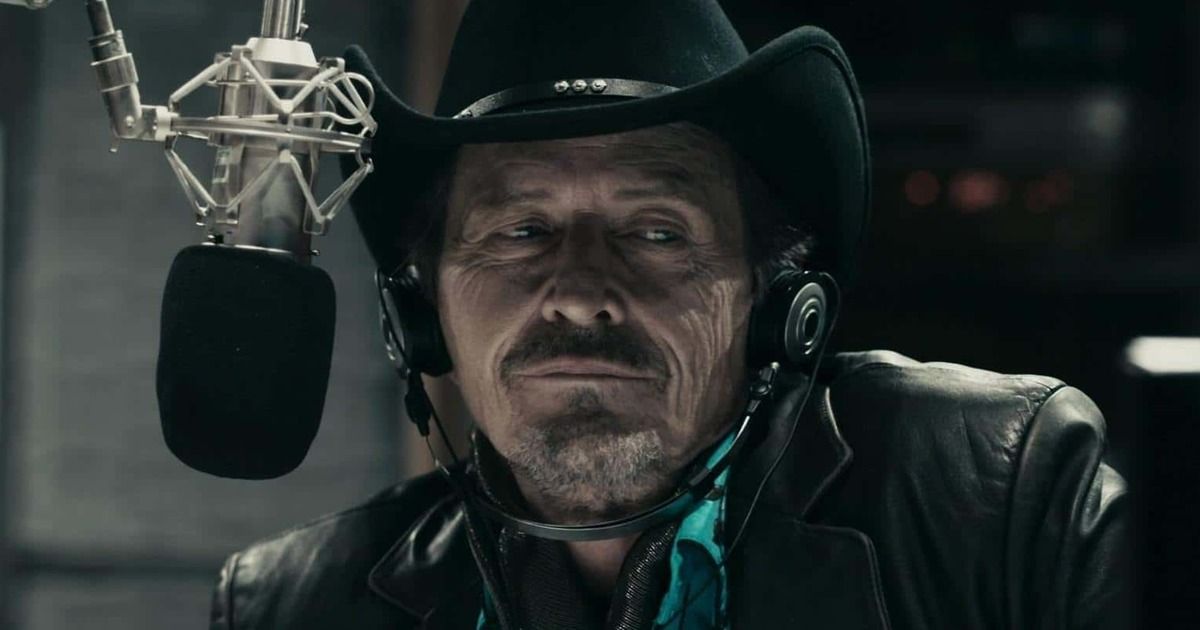
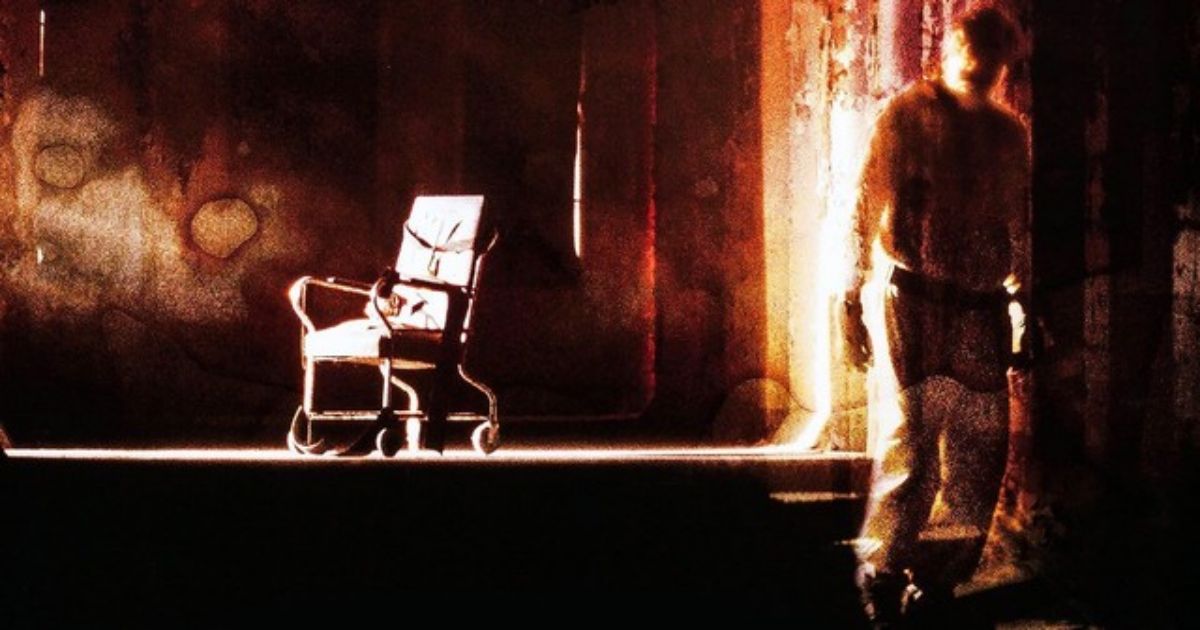
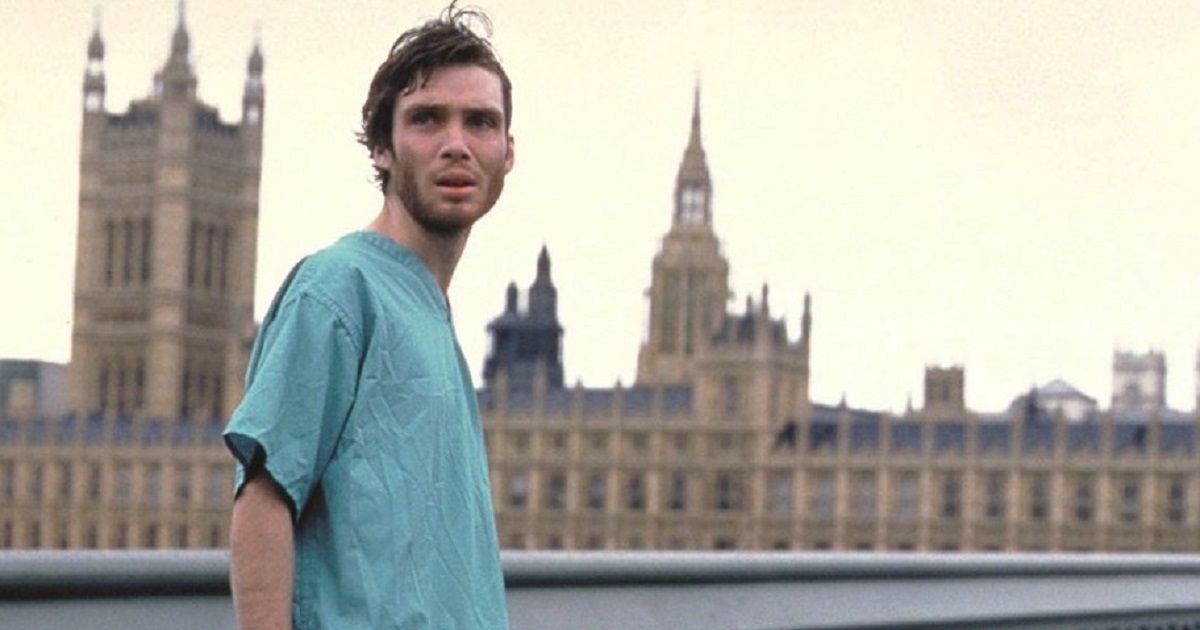
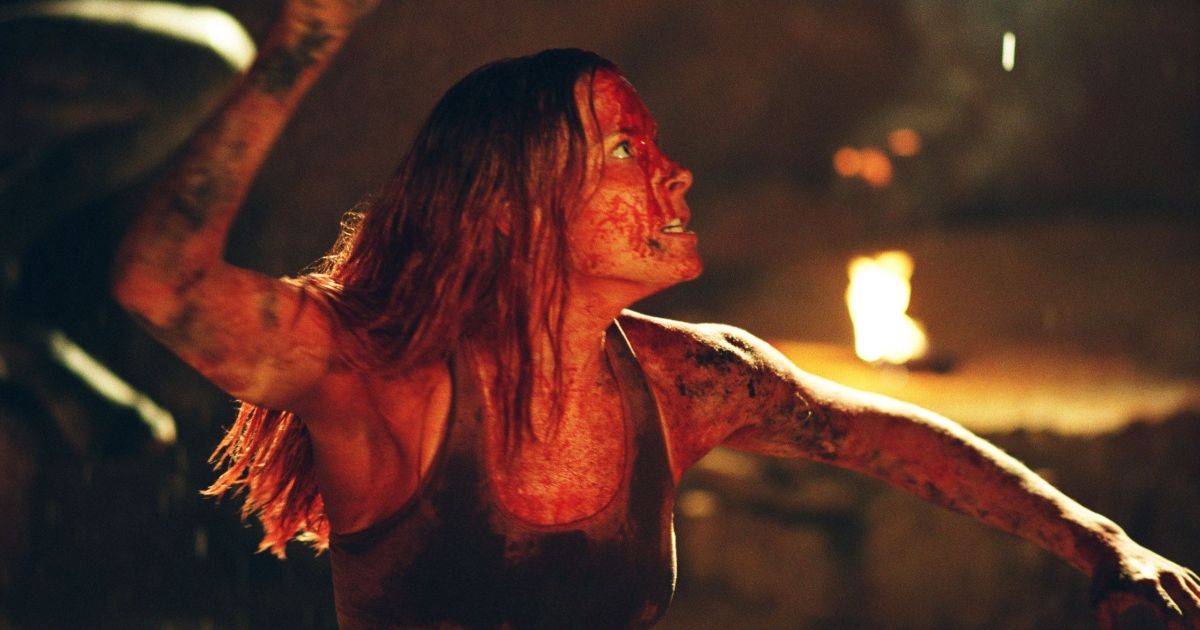
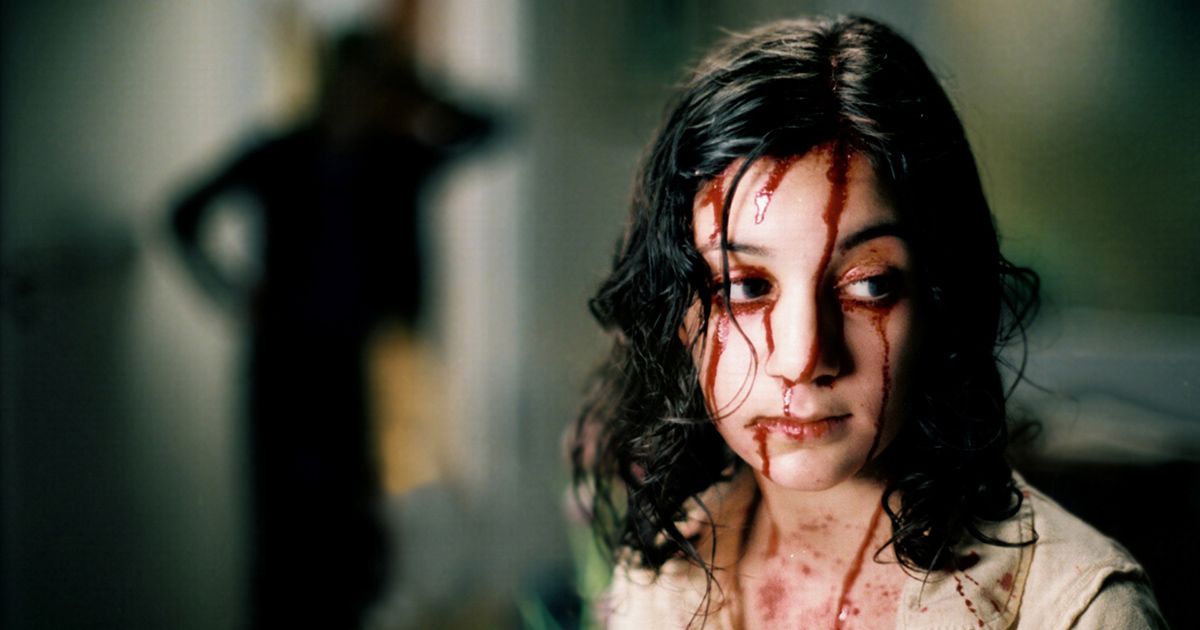
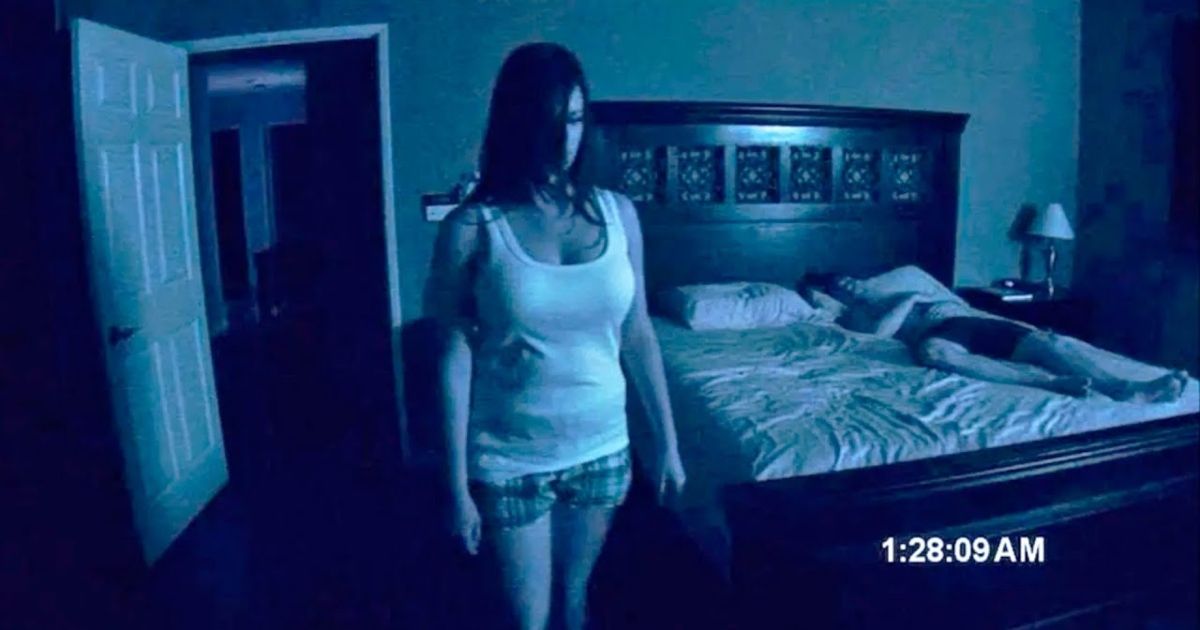
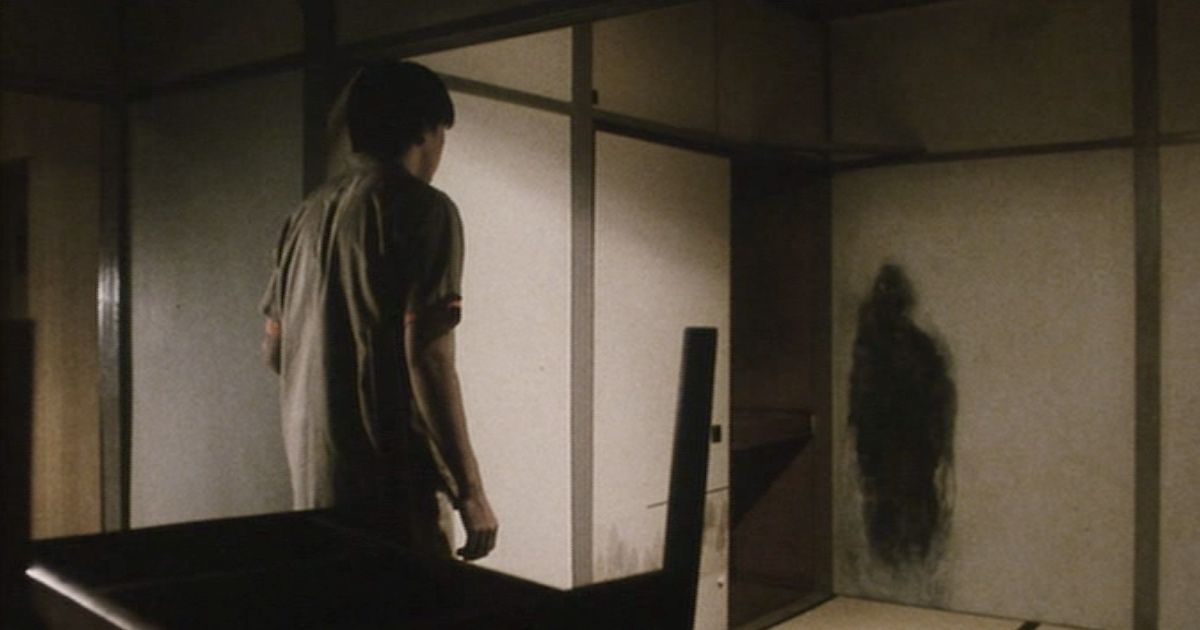
Comments
Post a Comment